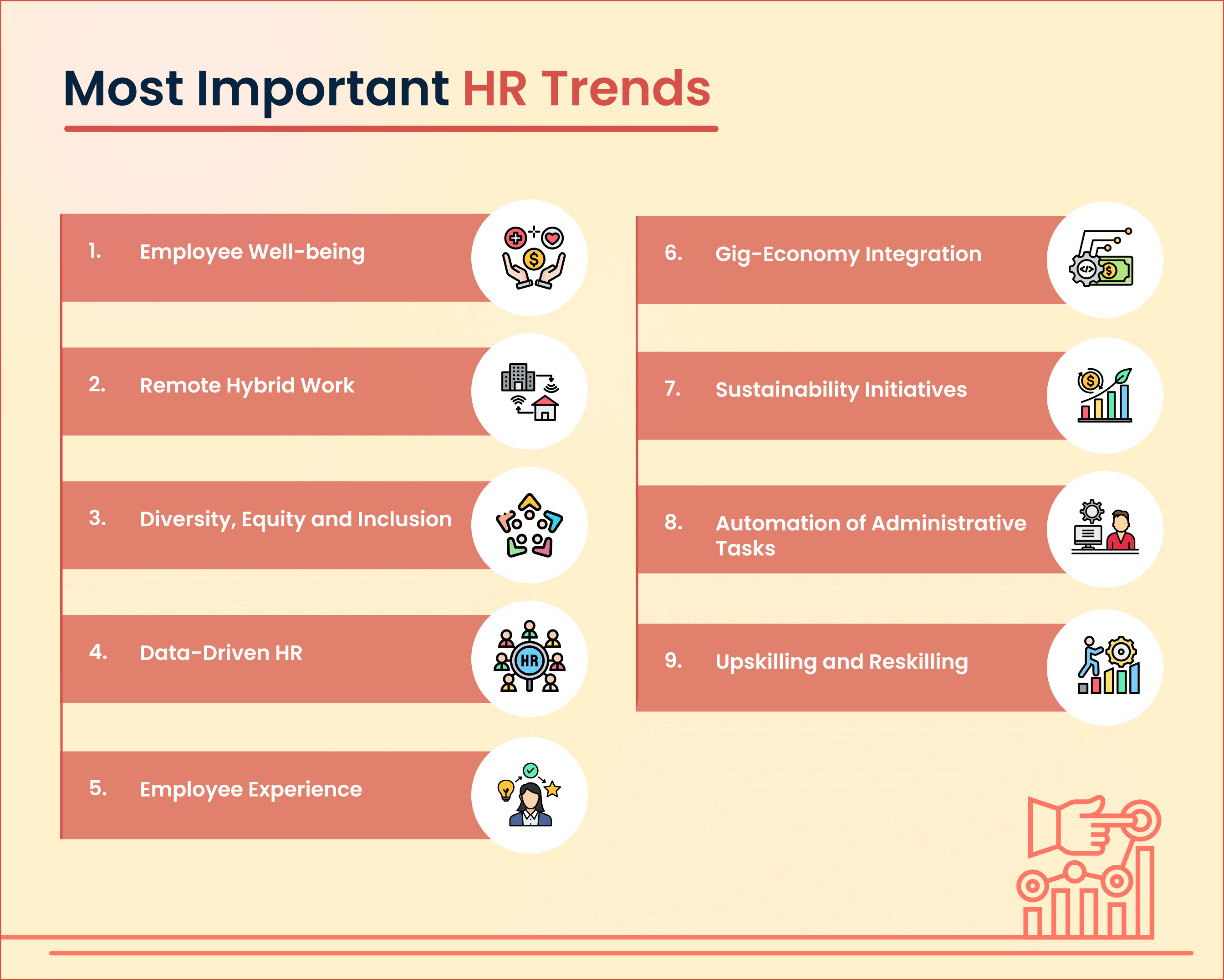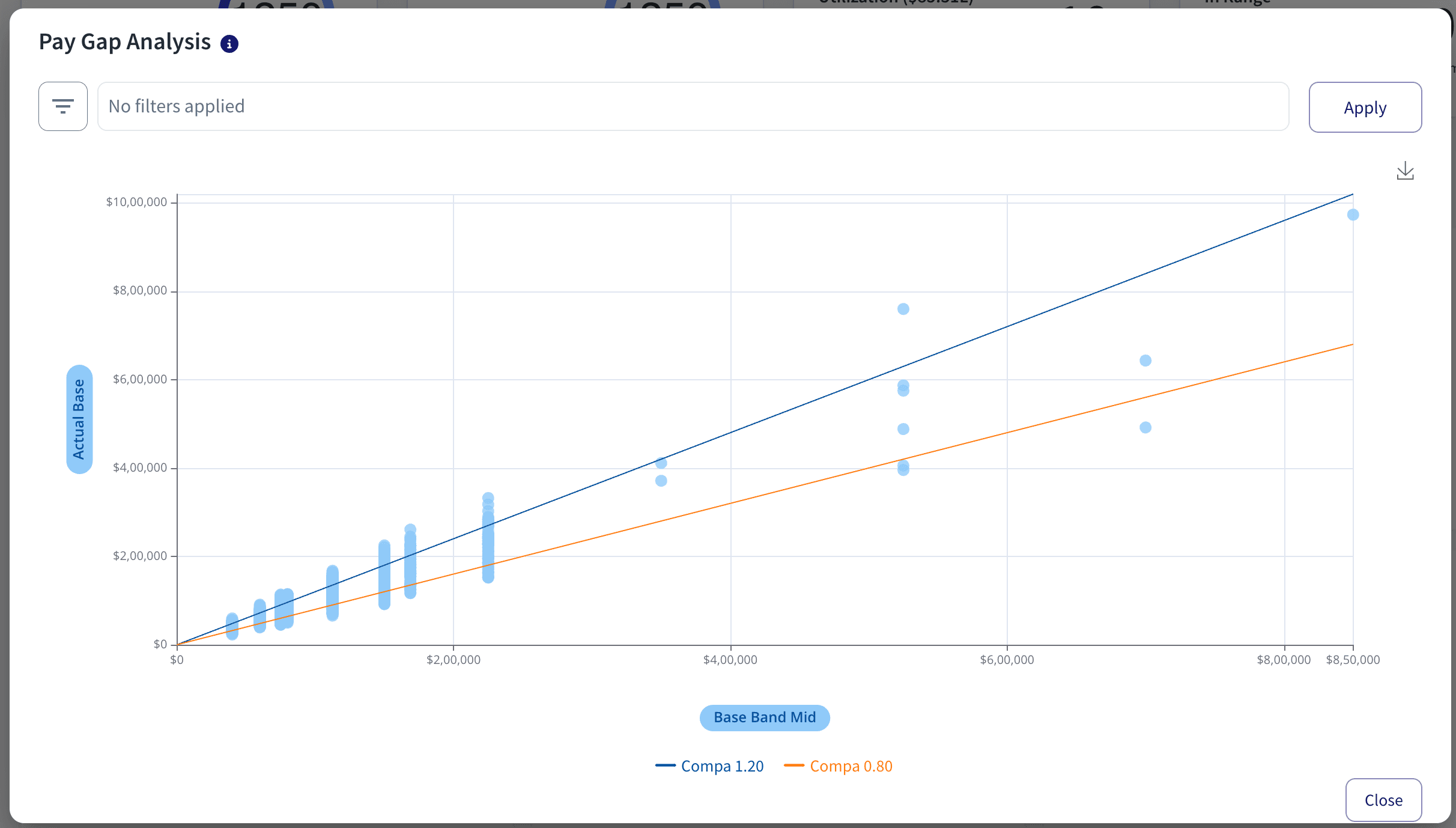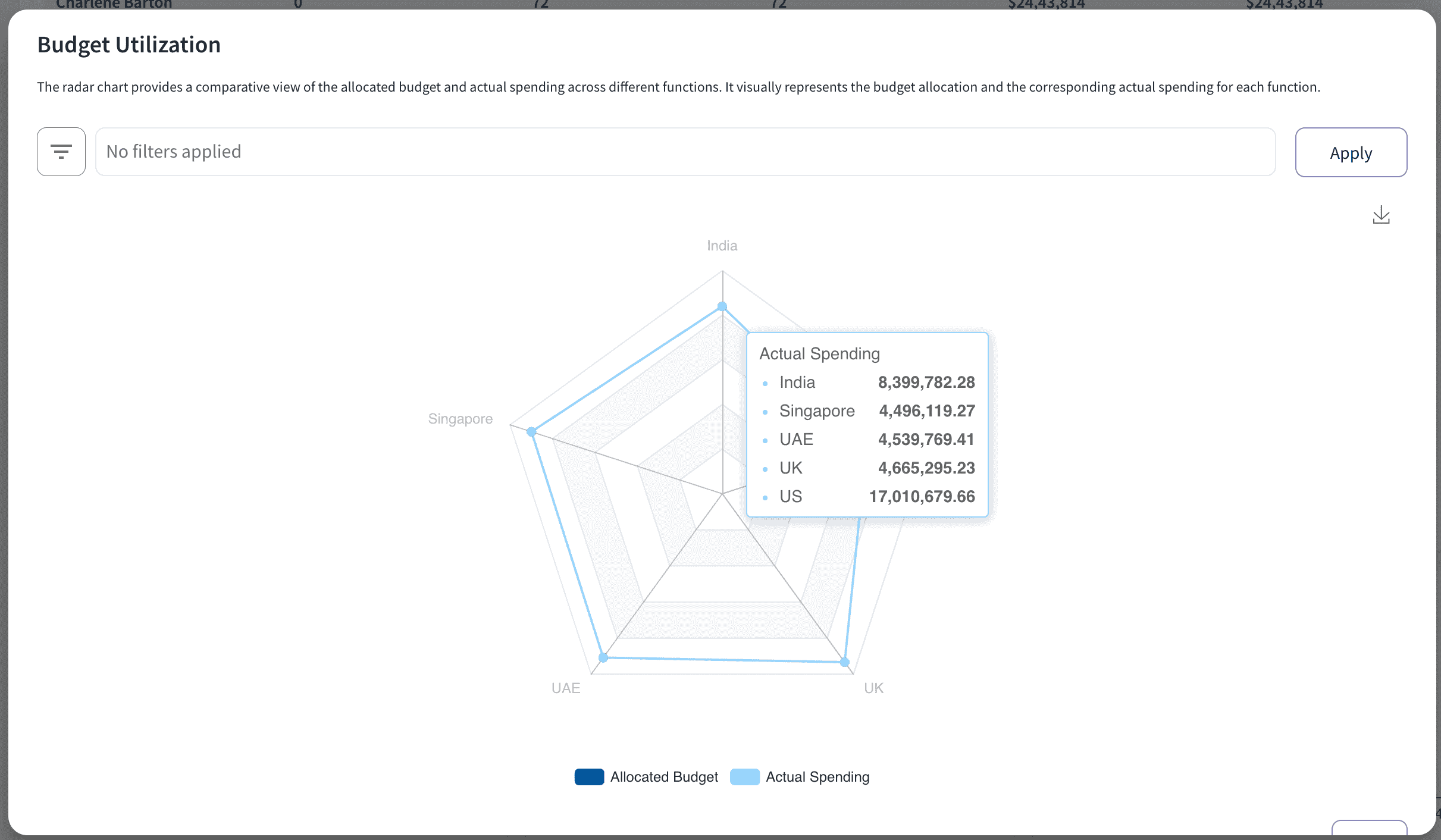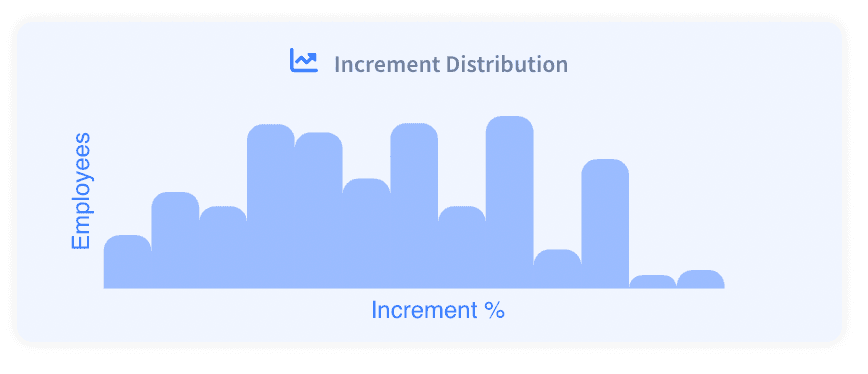
The Mercer study states that 70% of large companies and 53% of small business leaders are planning benefits program enhancements for 2024. It is clear that the HR landscape is changing, especially with the role of AI and employee demands.
Staying competitive would mean fostering a workforce that is competent and dedicated. This calls for the need for all HR professionals to be on the lookout for the growing trends for the year 2024 that matter most.
So, understanding these developments and updating their understanding is a mandate; this helps HR make more informed decisions, giving them a means to ensure they have a competent workforce at hand. Especially these 10 important HR trends shaping 2024.

This is a key HR trend that is data-driven, and the ease of having it automated with the help of AI is simply making the overall process of recruitment, employee management, employee retention, and onboarding easier.
Recruitment: The process of screening resumes is made easier with the help of AI. The scheduling of interviews with the prospective employees has also been made automated with the help of AI. Creating an inclusive work environment.
Employee management: Employee management has become more data-driven, for the data provides further insights on the decisions regarding this.
Employee Onboarding: During the onboarding process, the administrative work can be taken on by AI, simply easing the work of HR. They can also tailor the onboarding experience for the employee as per role and learning capacity.
It is expected that AI will be globally accepted at a rate of CAGR of 38.1% between 2022 and 2030. This particularly emphasizes the need for HR to leverage such effective use of AI.
Employee well-being is a major part of the overall success of the company and overall employee productivity today. Companies have started to prioritize keeping employees who have great skill sets engaged and looking through physical as well as mental wellbeing programs and mentorship programs that promote more satisfaction and productivity in the employees.
In the Zapier survey, it was found out that in the year 2022, about 40% of Americans participated inside hustles; this only emphasizes the need for people to be engaged in the workspace to encourage productivity and employee satisfaction. This helps improve the employee morale.
This allows flexible work arrangements with productivity taking no backlash but allowing the comfort of working remotely to employees. This helps kill monotony and create a work-life balance that employees value for themselves. This creates a level of understanding and satisfaction within the employee. These flexible work arrangements or hybrid work environments help with creating employee value and satisfaction. Such remote employees look at this freedom as employee benefits as well.
Diversity, equity, and inclusion are also part of working on employee wellbeing as well. The DEI efforts continue to be able to build clear and fair workplace conditions as well as get people excited to reach a workspace that supports inclusion. This can be done in the following ways:
With the advancements in technology, data-driven HR workflows are a means of making more informed decisions around onboarding processes and hiring practices, compensation, and benefits. Providing such insightful employee data, which predicts turnover and enhances employee engagement and better business performance
The employee experience involves creating a sense of positive space that intends to meet employees' needs, handling everything from onboarding to the exit of the employee in a company. It boosts the overall employee experience in an organization. Giving them more development opportunities and keeping updated on market trends and market demands creates an adaptable workforce. Keeping their overall physical and mental health in check.
Defining Gig Economy: The gig economy workforce primarily consists of independent workers, freelancers, or other temporary workers. Skills-based hiring happens.
They are hired by HR trends to increase the need for flexible employment arrangements and a more diverse workforce. Adding this to the organizational culture offers more efficiency because these skilled workers are allowed remote work models.
Onboarding and training: It develops a more streamlined onboarding process for gig workers; training and access to other tools speed up the overall process of performance management and development of soft skills, lifelong learning. They also help in creating inclusive hiring practices.
These play a crucial role in reducing the hazardous environmental impact and contributing to the betterment of our efforts towards a sustainable future. This includes green recruitment, other green policies, and several other initiatives that are one step closer to a more sustainable life on earth and create a more blended workforce. Adding such organizational culture is a very important aspect.
The use of data is an effective strategy that can be done in the form of existing human resource processes to attempt and see the different tasks that can be automated, like employee office attendance that is tracked, entry of data, record management, automated task allotment, and more. It allows taking up extra time. This helps create a more systematic and blended workforce.
Attempting to learn continuously keeps everyone updated, which helps adapt to evolving job roles and the skills that are needed to adapt to such a landscape of work life. This also helps HR keep an update on the strategies to retain and attract a blended workforce to their organization. Giving flexible work models are also such strategies that are effective.
Data-driven total rewards are a very important strategy of a company in offering well-informed decisions about compensation and benefits that are given to an employee. The critical components to this include:
Data-driven decisions are more informed, continuous learning, and making decisions that are primarily based on benefits, compensation, and other incentives. From monitoring the different trends in employee preferences to being able to benchmark salaries of the employees with industry standards, this keeps the current employees really satisfied and creates deep understanding, which also attracts top talent with strategies like flexible work schedules.
Companies must offer competitive total rewards packages to employees in order to attract and retain them. Such data plays a crucial role in creating well-structured information to create the ideal package, giving the company a competitive advantage.
Simply making it a credible choice. There is a more growth mindset and competitive advantage to it. This most evidently gives companies a competitive edge.
Such use of a more data-driven approach helps analyze what drives the employees away and what attracts them. In doing so, there is clarity on the shortcomings and creating strategies for being able to satisfy the employees in their current role. Creating such a safe environment and company culture will definitely elevate employee retention. This highlights a need for lifelong learning and updates from the HR side.
Such a means of data-driven decision-making, with the use of data understanding that what makes employees valued, companies can invest in the different areas that matter and ensure that the resources are allocated efficiently.
Total rewards strategy makes sure that employee rewards are aligning with the overall goals of the company. This helps create compensation packages that drive the behaviors of achieving business development goals and helps with employee recognition. Creating a more supportive environment and office space for everyone in the organization.
Data promotes transparency in rewards and other fair practices across the company. Data analytics may assess identifying an organization's discrepancies that they need to work on to be fairer and the compliance with labor laws. Such data-driven insights create a more inclusive and safe space. This helps with the employee's career development.
CompUp plays a vital role in helping such organizations achieve this by effectively communicating the value of their Total Rewards and Total Compensation packages.
CompUp helps organizations implement a more data-driven total rewards system, enabling HR professionals to optimize their compensation scheme and other benefits and how to make them effective enough to attract and retain competitive employees.



CompUp provides tools like customization, strategies for employee engagement, employee wellbeing, benchmarking salaries, and more to align to the interests of the employees and their expectations from a company.
CompUp provides tools for analytics, performance management, and customization and enables HR to optimize total rewards strategies to employee preference and aim to attract them. This improves the overall employee engagement, improves employee retention, and has more cost efficiency.
Click here to learn more about what makes CompUp an all-in-one compensation management platform.
Revolutionizing Pay Strategies: Don't Miss Our Latest Blogs on Compensation Benchmarking